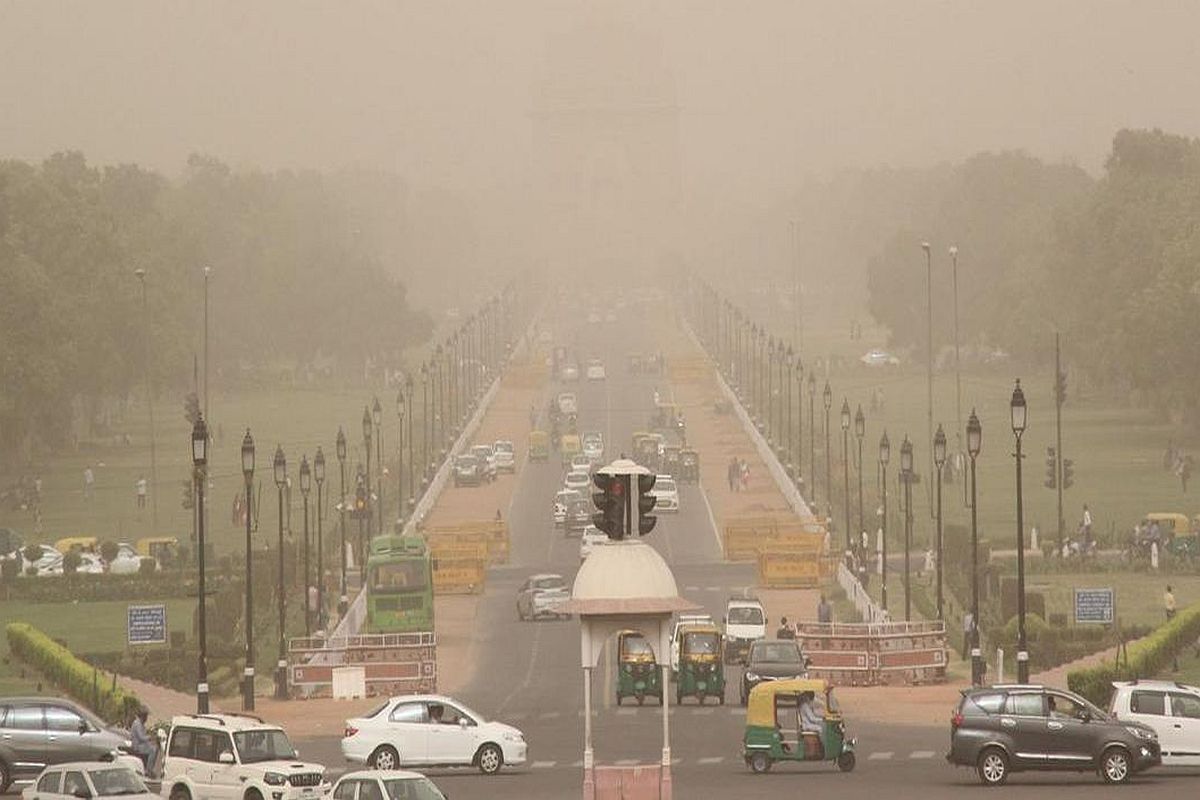Exposure to certain traffic-related air pollutants is associated with a greater likelihood of testing positive for the SARS-CoV-2 virus, claims an observational study of young adults.
The study, published in JAMA Network Open, showed associations between infection risk and exposure to particles with a diameter less than 10 micrometres (PM10) and 2.5 micrometres (PM2.5), two days before a positive test and exposure to black carbon one day before.
Advertisement
They, however, found no link between the risk of infection and nitrogen oxides.
“Our results add to the growing body of evidence that air pollution has a part to play in Covid-19 and support the potential benefit of improving air quality,” said Olena Gruzieva, Associate Professor at the Institute of Environmental Medicine at Karolinska Institutet in Sweden.
Since pollutants in outdoor air can increase the risk of respiratory infections such as influenza and SARS, the Covid-19 pandemic aroused fears that they could also contribute to the risk of SARS-CoV-2 infection. Studies have also shown that areas of poor air quality have more cases of Covid-19.
Researchers at Karolinska studied this more closely by examining the link between estimated exposure to air pollutants at home addresses and positive PCR tests for SARS-CoV-2 in young adults in Stockholm, Sweden.
The researchers identified 425 individuals who had tested positive for SARS-CoV-2 (PCR test) between May 2020 and the end of March 2021.
Daily outdoor concentrations of different air pollutants at the participants’ home addresses were estimated using dispersion models.
The increase in risk was of an order of magnitude around seven per cent per particle exposure increase equivalent to the interquartile range, i.e. between the first quartile (25 per cent) and the third quartile (75 per cent) of the estimated particle concentrations.
“Seven per cent doesn’t sound much, but given that everyone is more or less exposed to air pollutants, the association may be of great significance to public health,” said Erik Melen, professor of paediatrics at the Department of Clinical Science and Education, at Karolinska.
The observed association was not influenced by gender, smoking, overweight or asthma.
The researchers note that the results might be affected by the willingness to take a PCR test and the fact that many of the young adults were asymptomatic or had only mild symptoms following infection.
They are now examining the link between air pollutants and post-Covid symptoms in young adults.











